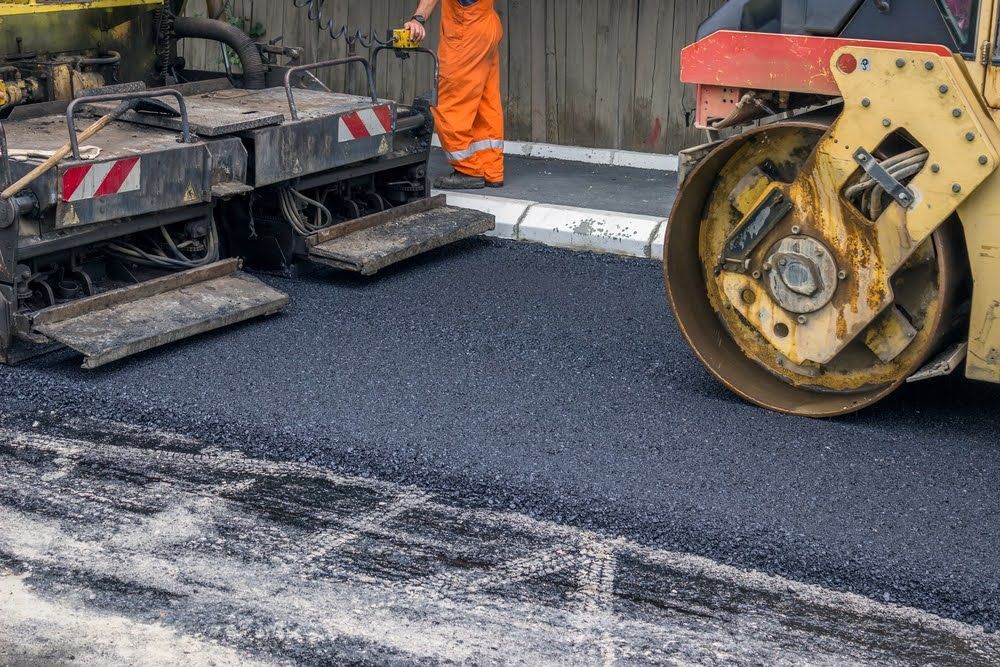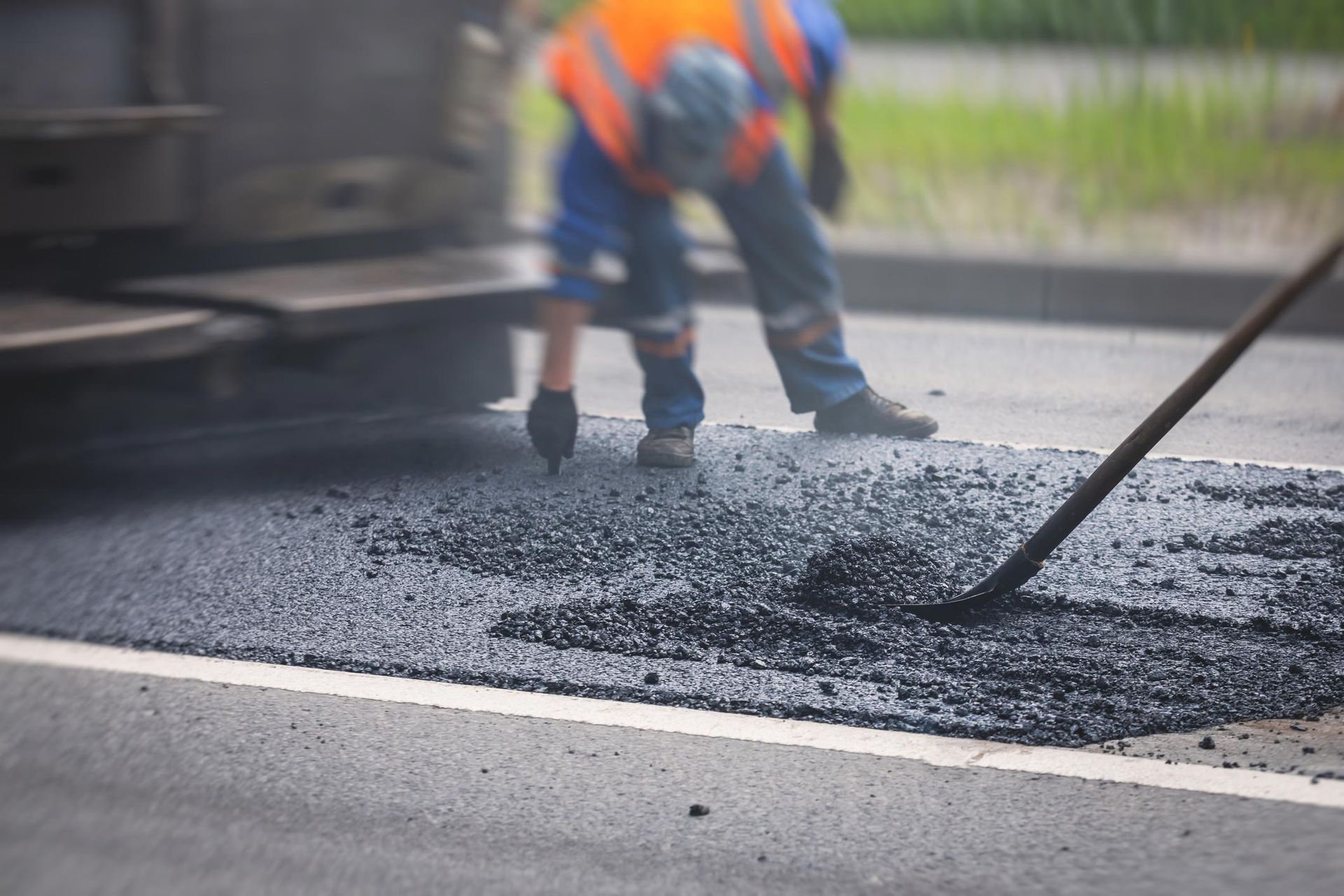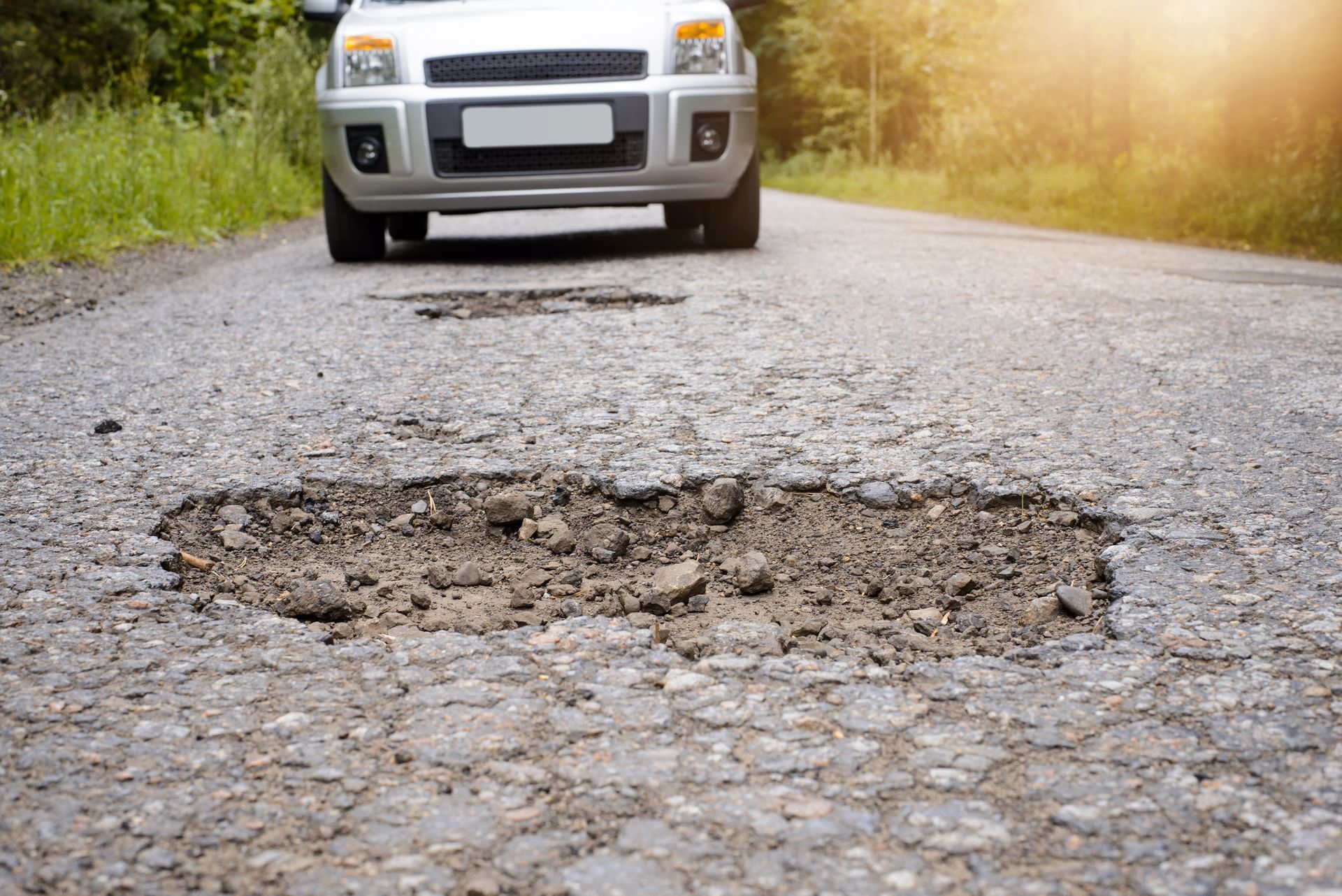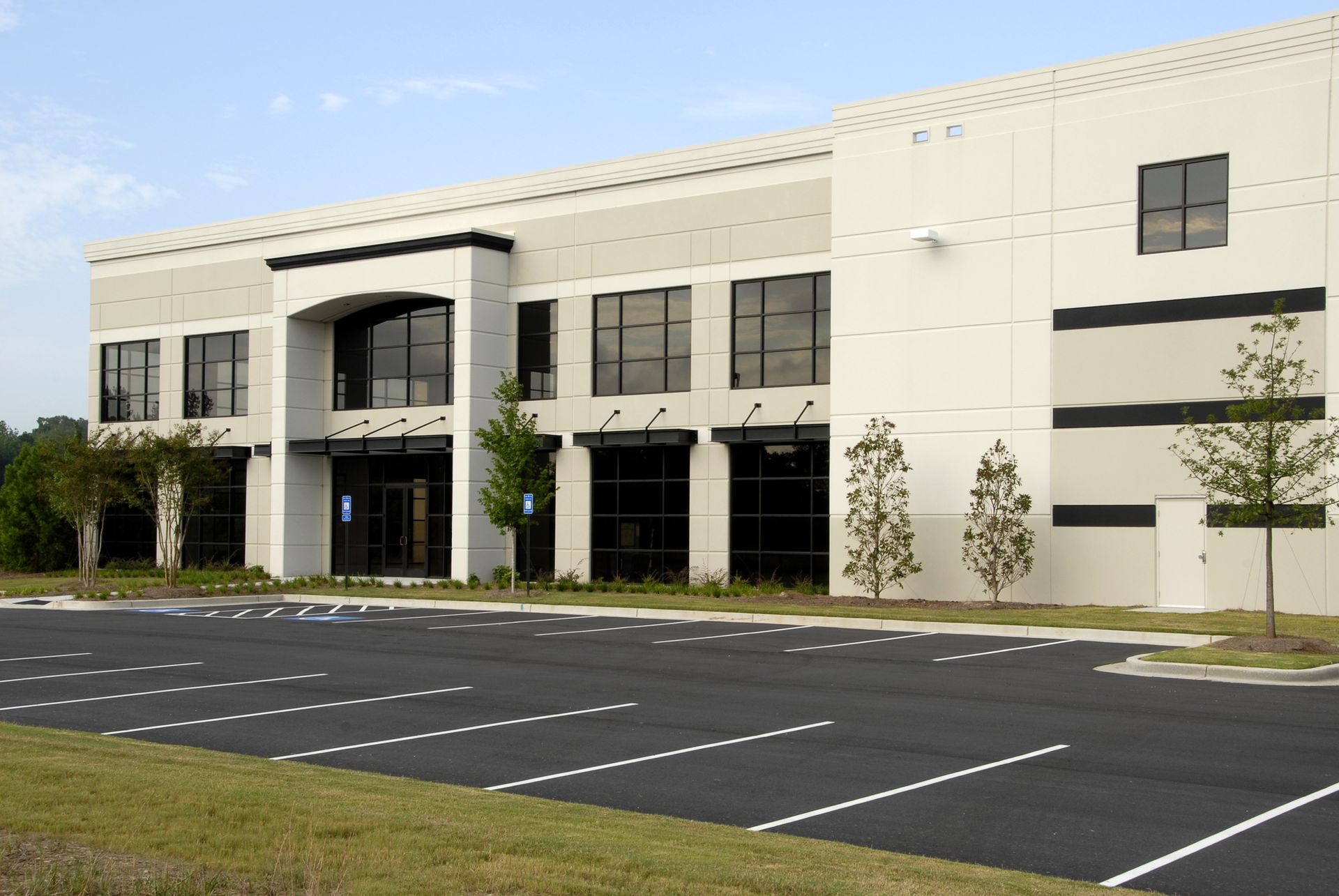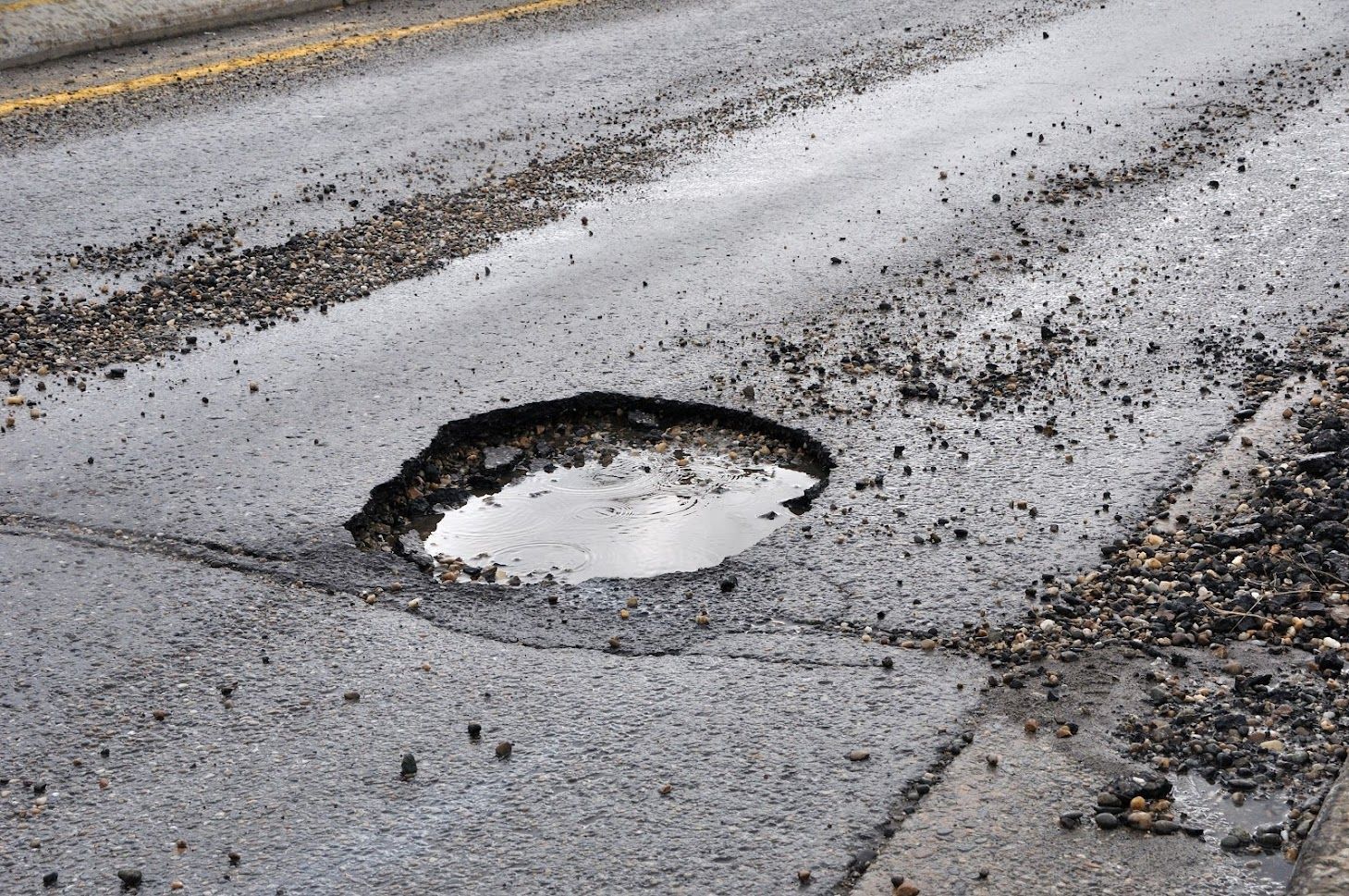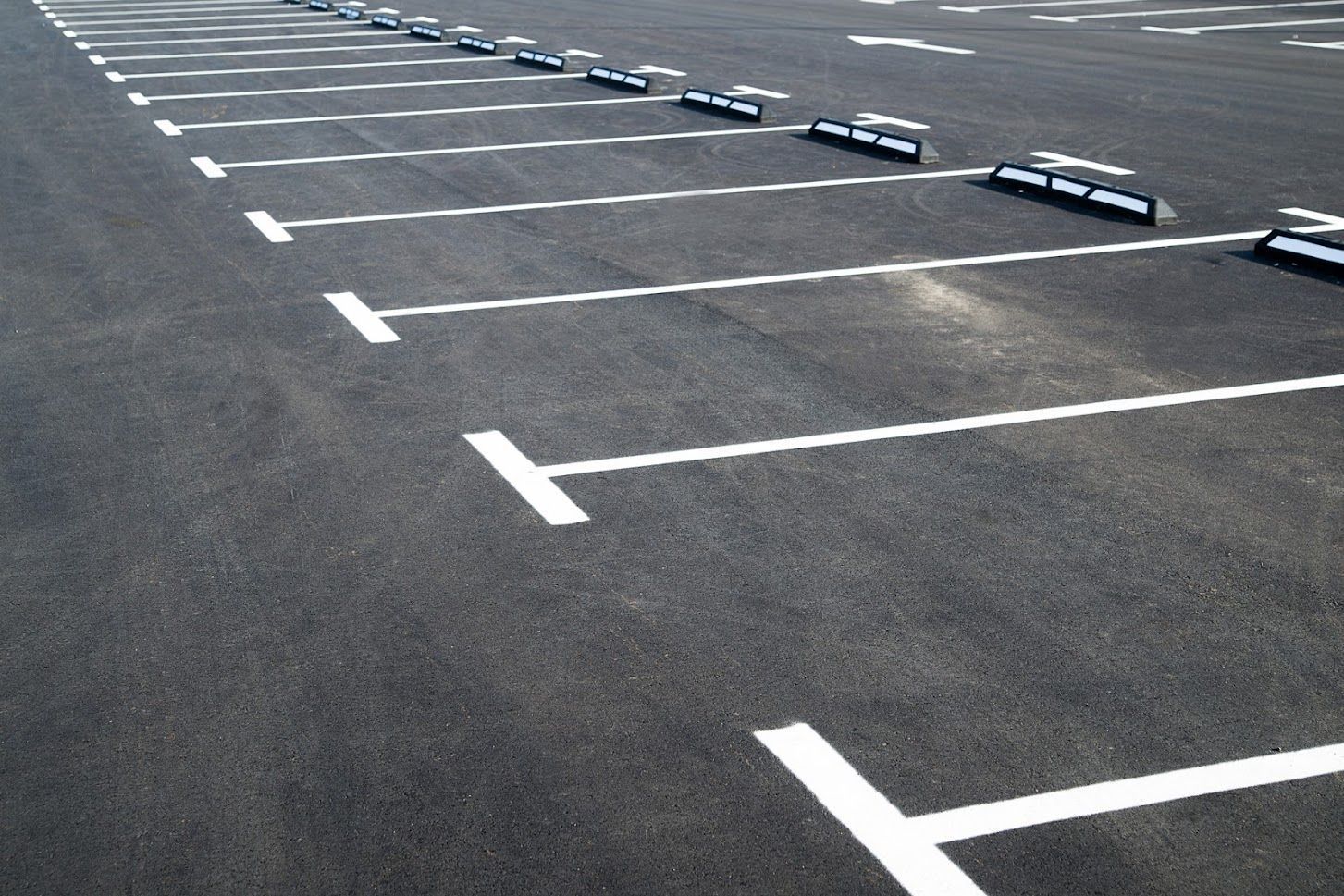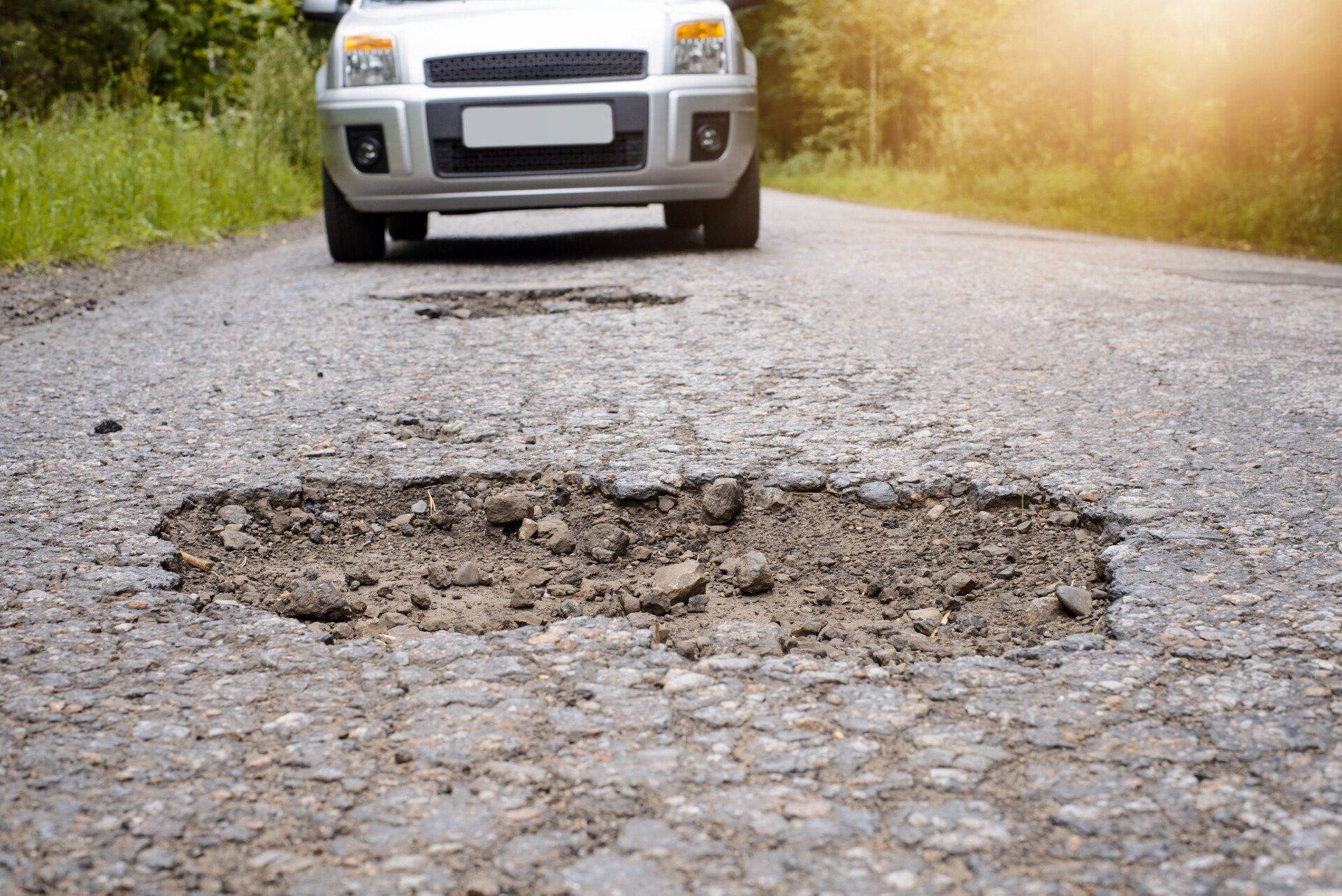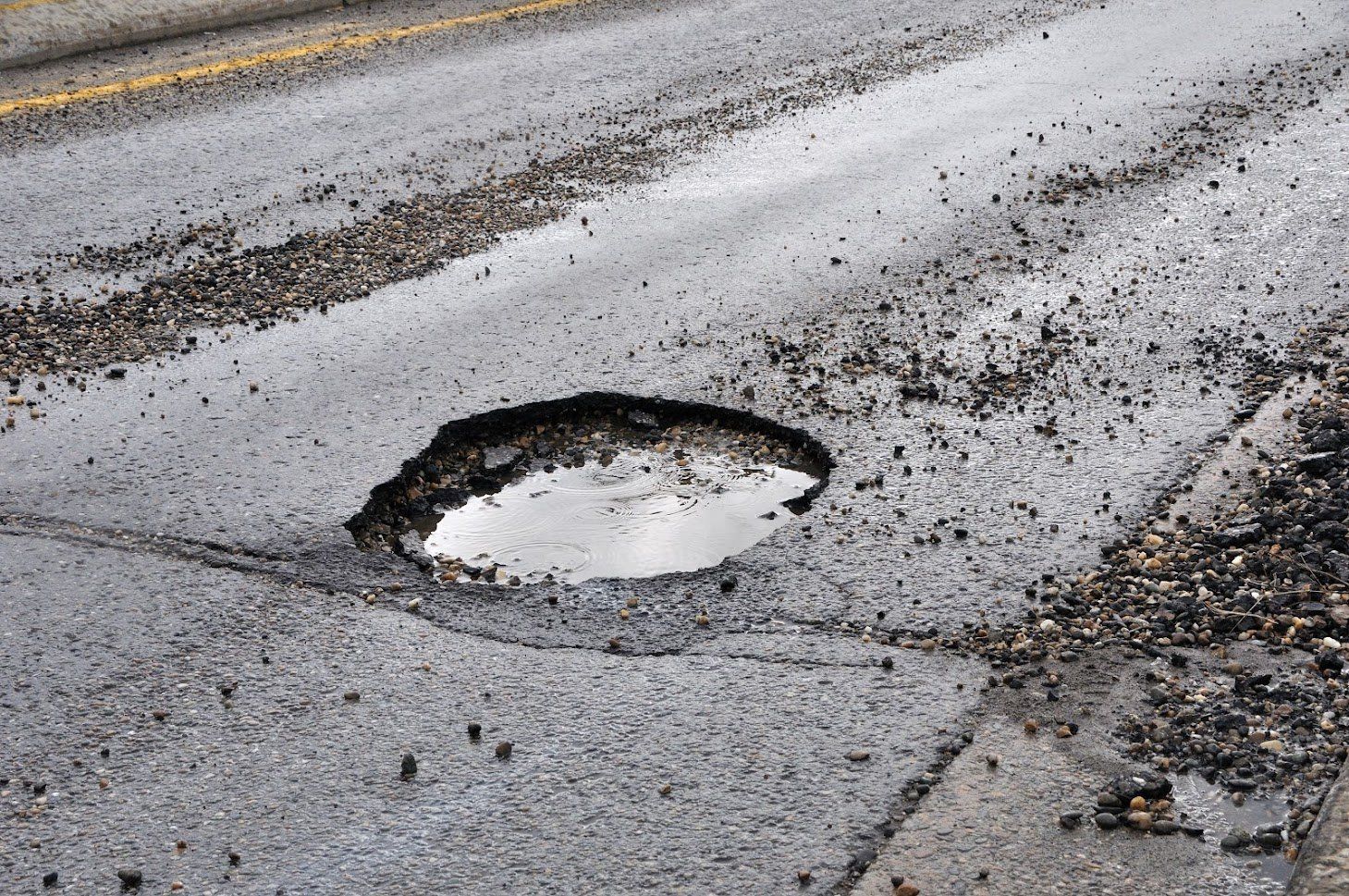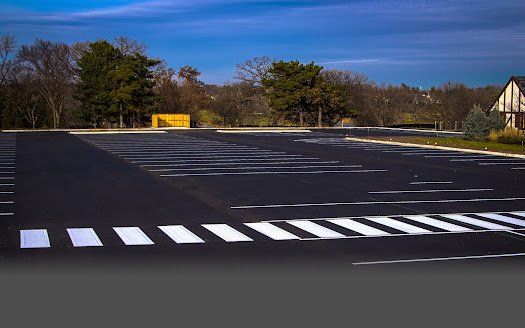Tips To Extend the Life of Your Asphalt Pavement
Asphalt pavement is a durable and versatile material used in a wide variety of applications, from roadways and parking lots to driveways and walkways. However, like any other material, asphalt pavement is not immune to wear and tear. Over time, it can be damaged by exposure to the elements, heavy traffic, and other factors.
The good news is that you can do many things to extend the life of your asphalt pavement and keep it looking and performing its best for years to come. Discover a few tips.
Keep It Clean
One of the best ways to protect your asphalt pavement is to regularly sweep and clean up debris, such as leaves, dirt, and rocks. Debris can trap moisture and lead to cracks and other damage.
Patch Cracks Immediately
Water is one of the biggest enemies of asphalt. When water seeps into cracks, it can weaken the pavement and cause further cracking and damage. Patching cracks immediately prevents water from infiltrating the pavement and causing further damage.
Asphalt is also susceptible to oxidation, a chemical process that breaks down the asphalt binder. Oxidation can cause the pavement to become brittle and more susceptible to cracking. Patching cracks immediately helps to prevent oxidation from occurring.
Seal It Regularly
Seal coating creates a protective barrier on the pavement's surface, sealing cracks and preventing water, chemicals, and other harmful elements from penetrating. This helps to protect the pavement from weathering, oxidation, and other forms of damage.
Seal coating can also improve the skid resistance of asphalt pavement, making it safer for vehicles and pedestrians. Moreover, seal coating gives asphalt pavement a fresh, new look. It also helps to reduce the visibility of cracks and other surface imperfections.
Control Drainage
Adequate drainage systems, such as properly designed gutters, curbs, and drains, prevent water from eroding the base materials beneath the asphalt. Erosion can weaken the foundation, leading to cracks, potholes, and uneven surfaces. Effective drainage minimizes erosion, maintaining the stability and integrity of the pavement.
Control Weeds
Weeds can damage your asphalt pavement in a few ways. First, they can trap moisture and lead to cracks and other damage. Second, their roots can penetrate the asphalt and cause it to break down. Third, weeds can release acids that can damage the asphalt. To control weeds, apply a pre-emergent herbicide in the spring and fall.
Limit Heavy Traffic
Asphalt pavement is designed to withstand substantial loads and traffic, but excessive or prolonged heavy traffic can lead to various deterioration and damage, reducing its longevity. One of the primary benefits of limiting heavy traffic is the reduction of wear and tear.
Heavy traffic, especially from large vehicles like trucks and buses, can cause accelerated wear and tear on the pavement surface. The constant pressure and friction can lead to the development of cracks, potholes, and other forms of structural damage. By limiting heavy traffic, the impact of these damaging forces on the pavement is minimized, thereby reducing the rate of deterioration.
Repair Damage Immediately
If your asphalt pavement is damaged, repair it immediately. The longer you wait, the worse the damage will become. There are a variety of asphalt repair methods available, so choose one that is right for your needs.
Hire a Professional Paving Contractor
If you are uncomfortable performing asphalt maintenance and repair yourself, hire a professional paving contractor. Professional paving contractors have the experience and expertise to properly maintain and repair your asphalt pavement, which will help to extend its lifespan.
Extending the life of your asphalt pavement is a wise investment. J & B Asphalt & Paving can repair or install your asphalt pavement. Contact us to get started.
